“Advanced Ceramics for Dentistry” by James Zhijian Shen and Tomaz Kosmac is a comprehensive resource that explores the use of ceramics in various aspects of dentistry. Here’s an overview of what you might expect to find in this book:
- Introduction to Dental Ceramics: The book likely begins with an introduction to the properties, classification, and applications of dental ceramics. It may cover the historical development of dental ceramics and their evolution into modern materials used in dentistry.
- Materials Science of Dental Ceramics: It delves into the materials science behind dental ceramics, including their composition, microstructure, mechanical properties, and biocompatibility. This section may also cover topics such as phase transformations, sintering processes, and the influence of processing techniques on ceramic properties.
- Types of Dental Ceramics: The book likely discusses various types of dental ceramics used in clinical practice, such as traditional feldspathic ceramics, glass ceramics, alumina-based ceramics, zirconia-based ceramics, and newer CAD/CAM materials. Each type of ceramic may be explored in terms of its composition, properties, indications, and limitations.
- Fabrication Techniques: It covers the fabrication techniques used to produce dental ceramic restorations, including traditional laboratory-based techniques (such as layering and firing) and computer-aided design/computer-aided manufacturing (CAD/CAM) processes. This section may also address the digital workflow for designing and milling ceramic restorations.
- Clinical Applications: The book likely explores the clinical applications of dental ceramics in various areas of dentistry, including restorative dentistry (such as crowns, bridges, and veneers), implant dentistry (such as implant abutments and prosthetic components), orthodontics (such as clear aligner materials), and maxillofacial prosthetics.
- Biological Considerations: It discusses the biological interactions between dental ceramics and the oral environment, including factors influencing tissue compatibility, bacterial adhesion, wear resistance, and long-term clinical performance. This section may also cover topics such as gingival response to ceramic restorations and maintenance of oral hygiene.
- Clinical Performance and Longevity: The book likely addresses the clinical performance and longevity of dental ceramic restorations, including factors affecting their success rates, failure modes, and strategies for enhancing longevity. This may involve discussions on material selection, preparation design, cementation techniques, and patient factors.
- Emerging Trends and Future Directions: Given the dynamic nature of dental materials research, the book may explore emerging trends and future directions in the field of dental ceramics. This could include discussions on novel materials, advanced fabrication techniques, digital dentistry innovations, and potential applications in regenerative dentistry.
“Advanced Ceramics for Dentistry” serves as a valuable reference for dental professionals, researchers, educators, and students interested in the science, technology, and clinical applications of dental ceramics.

 Anaesthesia books
Anaesthesia books Behavioral Science Books
Behavioral Science Books Cardiology Books
Cardiology Books Obstetric and Gynecology
Obstetric and Gynecology AMC Books
AMC Books Prepladder Notes
Prepladder Notes Stethoscope
Stethoscope Dermatology Books
Dermatology Books Neurosurgery Books
Neurosurgery Books Dentistry Books
Dentistry Books ENT Books
ENT Books Anatomy Books
Anatomy Books Biochemistry Books
Biochemistry Books Biostatistics Books
Biostatistics Books Plab Books
Plab Books Radiology Books
Radiology Books Surgery Books
Surgery Books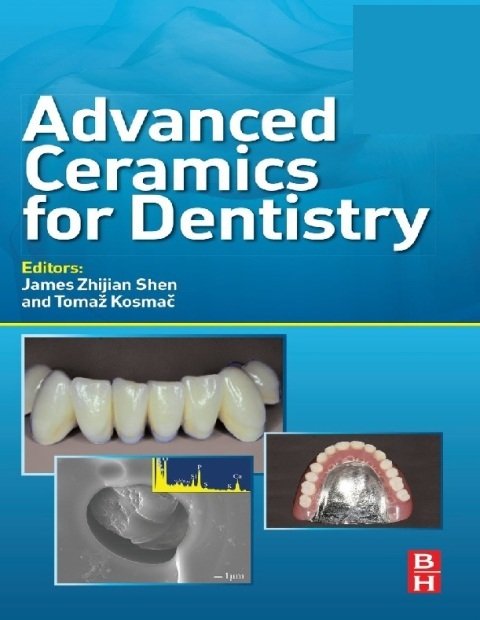
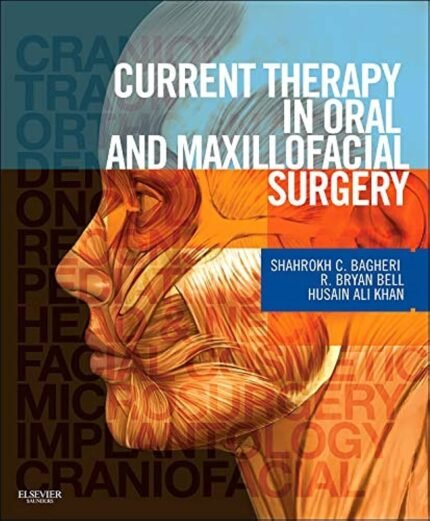



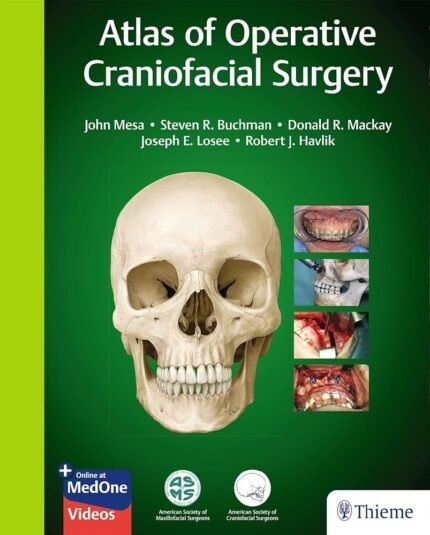
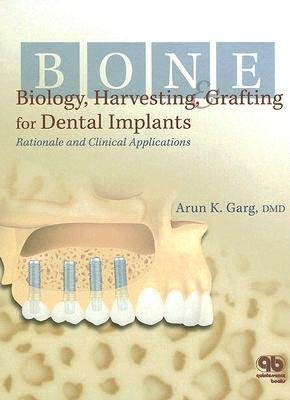
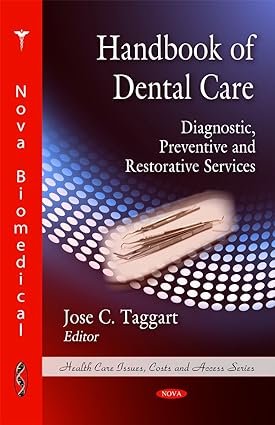
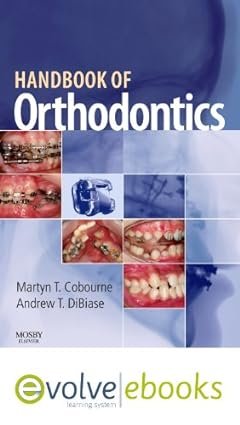
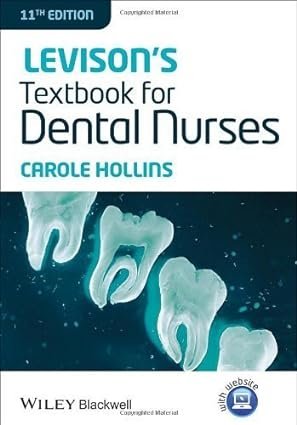


Reviews
There are no reviews yet.